
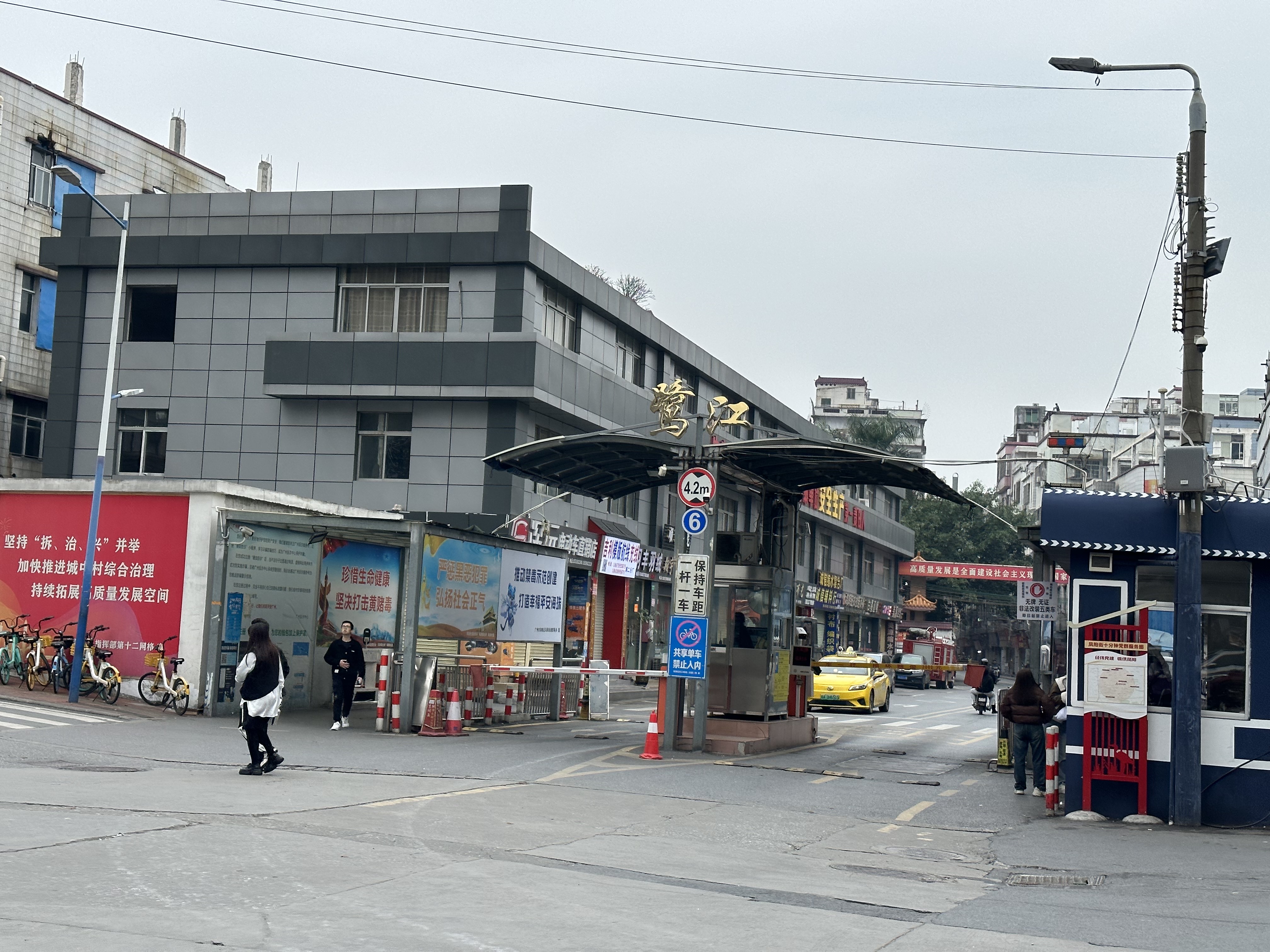
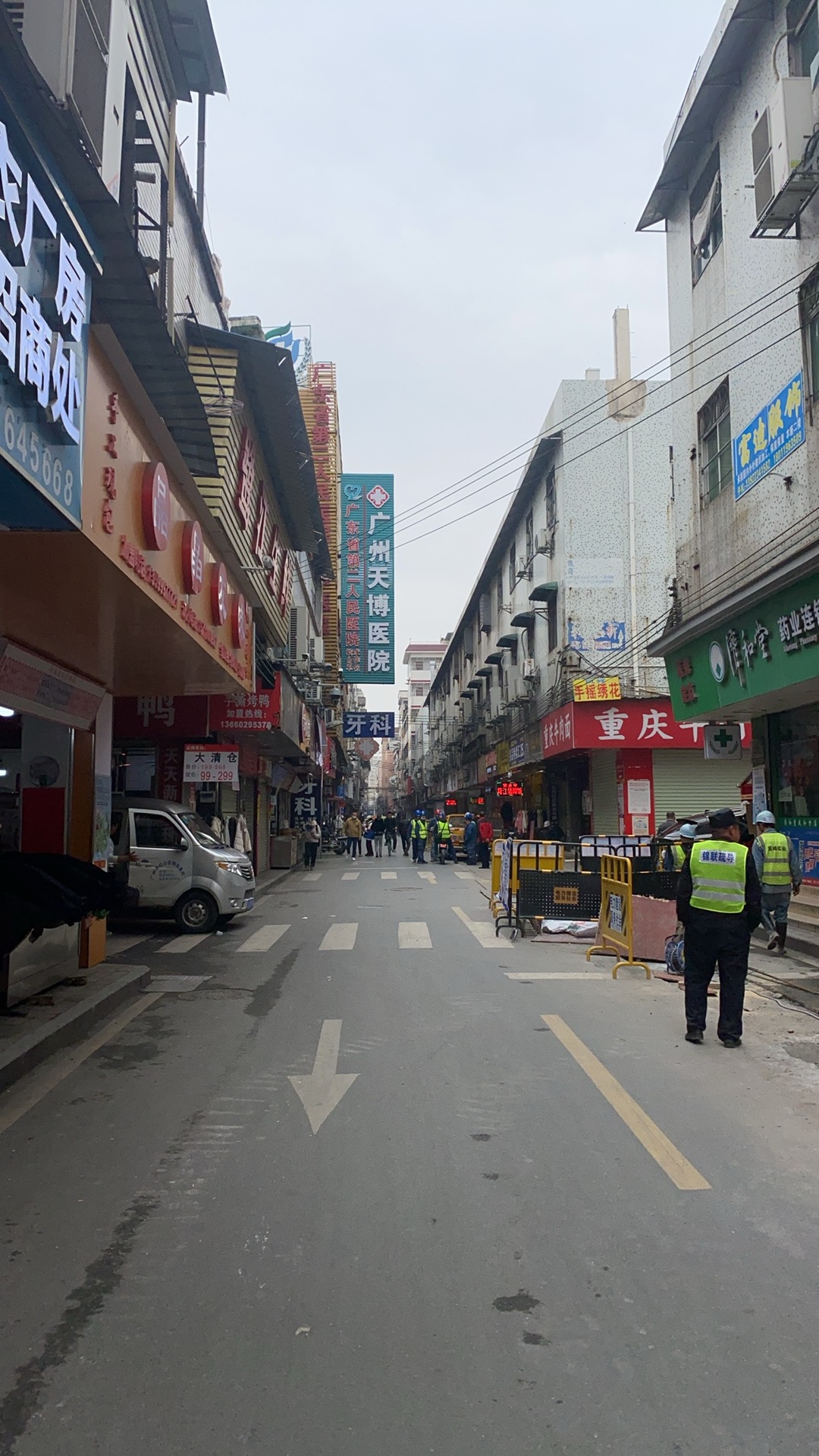
On February 2nd, the 23rd day of the twelfth lunar month, garment factory owner Zhong Xiang chose not to return home to prepare for the Chinese New Year. Instead, he arrived early at the Lujiang Village's Xintang Garment Factory in the Haizhu District, stationed at the Haizhu Investment Office, inquiring about the rental costs and preferential policies forhis factory. With the approval of the Kanglu Area (Kangle and Lujiang areas) Transformation Plan, the timing and destination of relocation can no longer be ignored by garment factory owners.
"Textile industry in Guangzhou tops elsewhere in Chinaandtextile industry in Sun Yat-Sen University Textile Business District tops that in Guangzhou." Sun Yat-Sen University Textile Business Districtstrives to become the hub of world-class textile and fashion businesses. The significant changesduring this Chinese New Year leave all Guangzhou apparel professionals filled with anticipation for the future, yet there is also a hint of uncertainty.
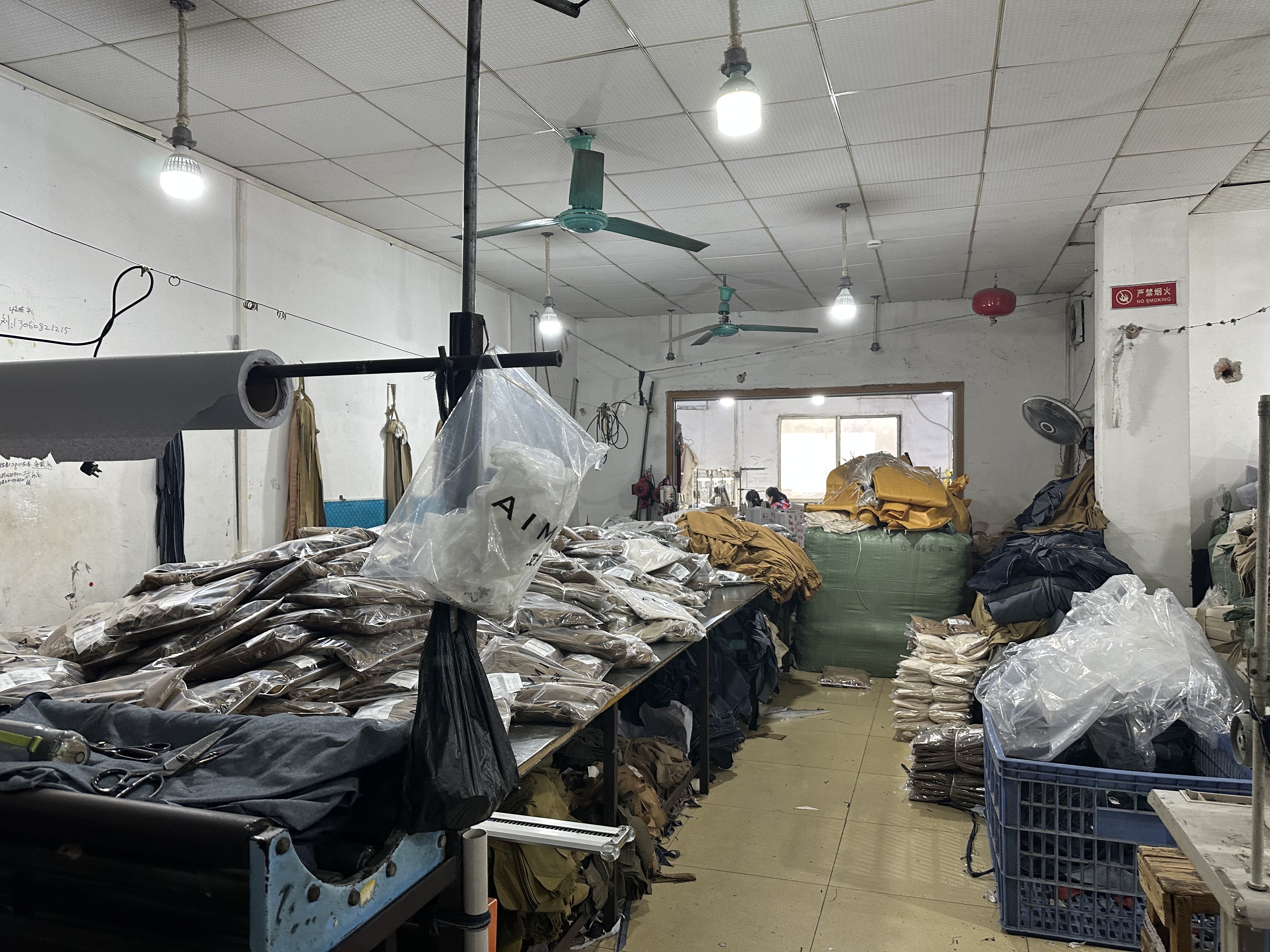
As a traditional pillar industry in Guangzhou, the textile and apparel industry isconducive to improving people's livelihoods. The Haizhu District is home to numerous fabric markets and textile business areas, with the Sun Yat-Sen University Textile Business District being the world's largest professional market for textile materials and the most crucial industry resource allocation center in China's textile and apparel industry chain.
The urban village transformation in the Kanglu area of Haizhu, Guangzhou, has initiated its"first demolition."
Within the Sun Yat-Sen University Textile Business District, there are over 60 specialized markets for textile materials of various sizes, totaling around 23,000 shops. The area accommodates nearly 16,000 merchants and enterprises, managing a diverse range of over 100,000 product categories. Over the past 30 years of development, with the Sun Yat-Sen University Fabric Market as the business center, the surrounding Kangle Area and Lujiang Area (Kanglu Area in short) have gradually become home to substantial garment factories and small workshops, involving over 2 million industry professionals.
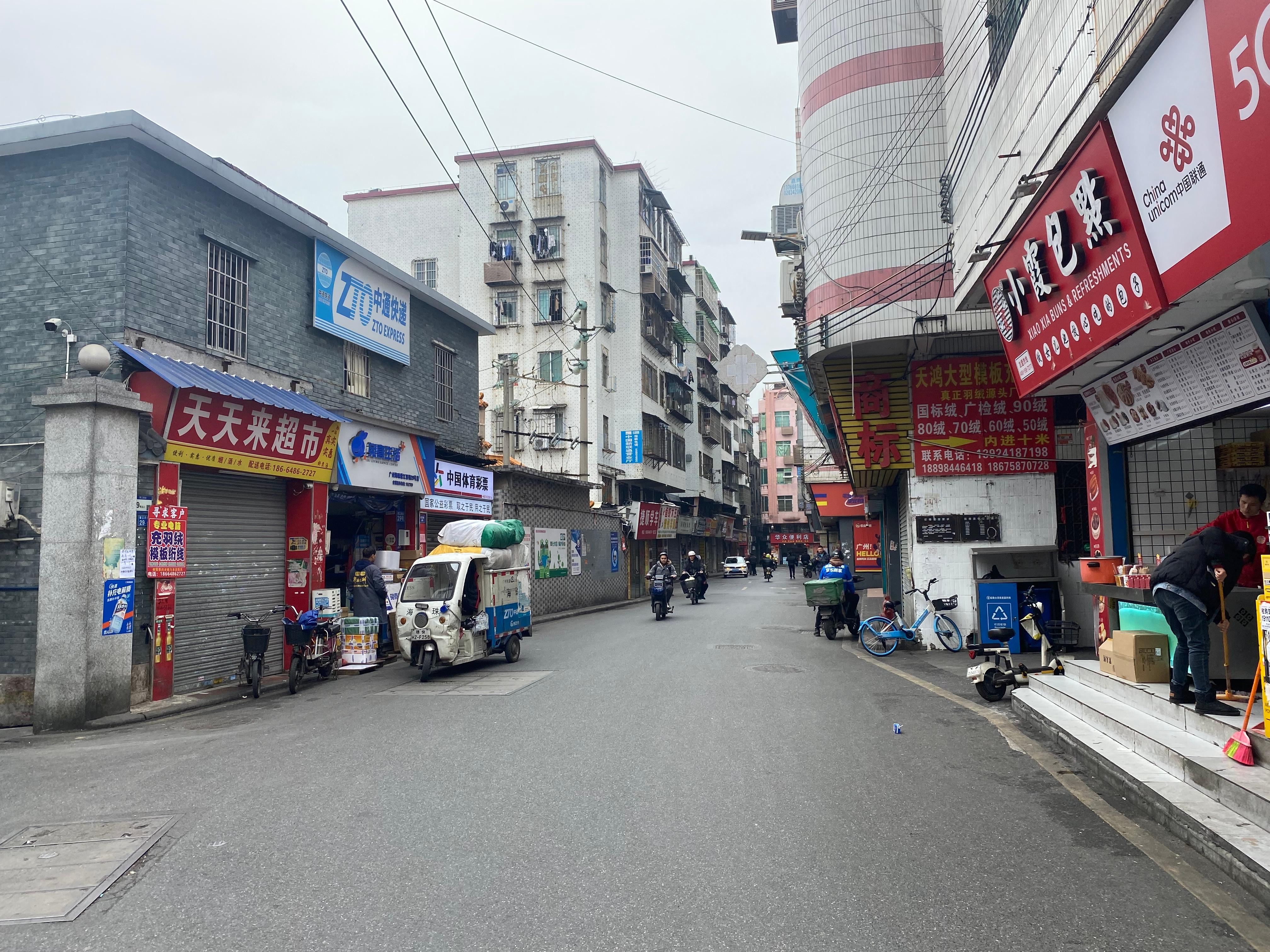
Many young individuals come here to seek opportunities. In some "family-style" workshops, you may find a family of three working together, or the boss's siblings and distant relatives collaborating. Every year during the Chinese New Year, fathers bring their sons and bosses bring their fellow villagers into the industry. Many of them started from scratchand saved up money over the years to eventually own their factories, making Kanglu their second hometown.
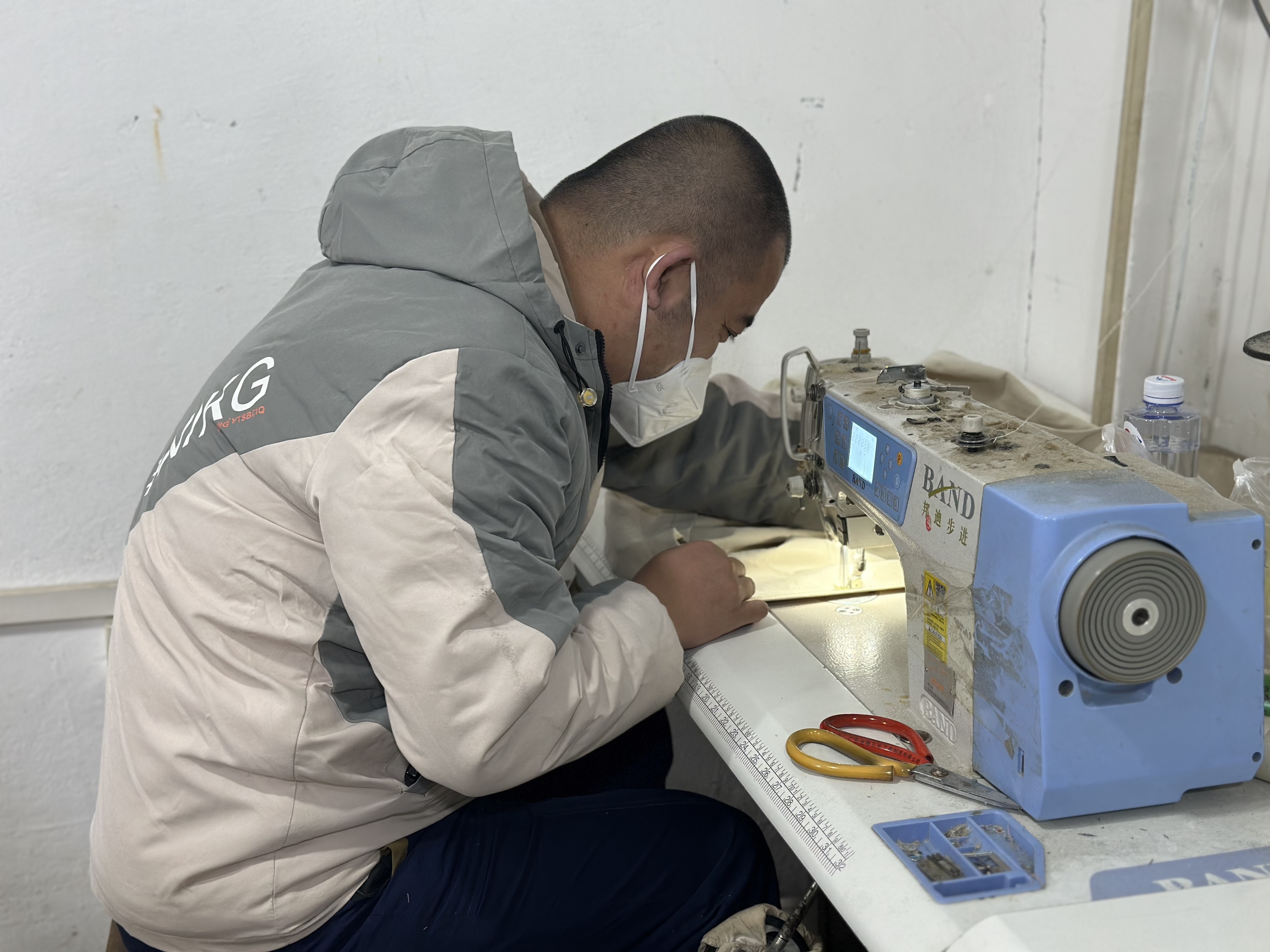
For many workers, the freelance gig model in Kanglu offers a "cost-effective" solution because it provides them with more freedom and break time. Without the constraints of clocking in and out daily as full-time workers, in Kanglu Area, they can enjoy comparable income with greater flexibility than working elsewhere.
The non-traditional "freestyle assembly" model gives full play to the clothing production model of"small order, rapid response" (which refers to a business model where individual orders have a small quantity but are processed and delivered quickly. Despite the modest order size, the products sell rapidly and the customers frequently return to place repeat orders) in Kanglu Area. The unique "Kanglu Speed," with deliveries within 24 hours, has made them the unparalleled textile villages in the national fast-fashion industry chain.
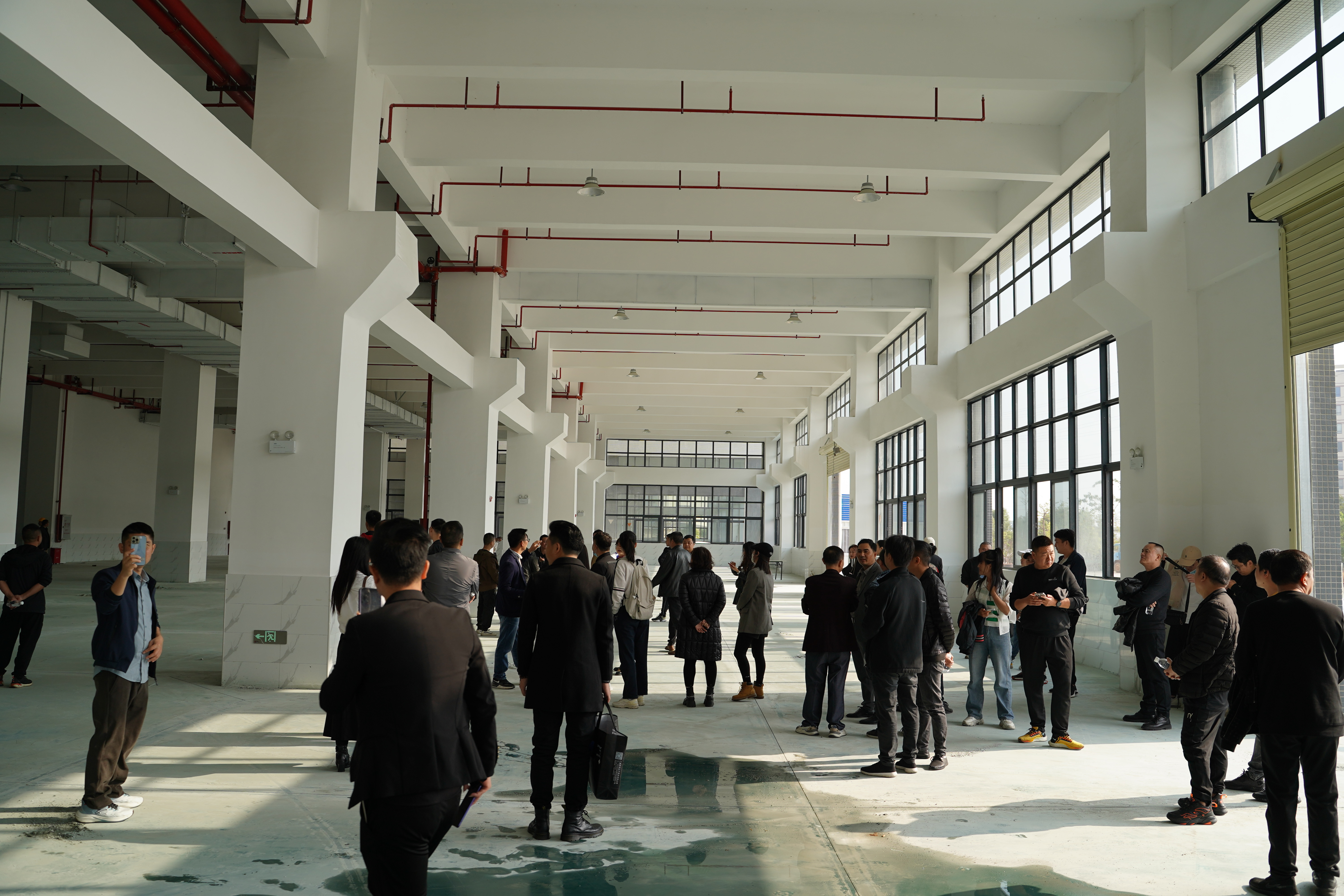
On the morning of December 31, 2023, a sense of transformation filled the air in Fengyang Street, Haizhu District, Guangzhou. The Kanglu area will undergo a four-phase transformation, expected to be completed in 10 years. Currently, the properties being evacuated and demolished belong to the first phase of the redevelopment. As the dismantled debris falls, the once congested roads in the Kanglu Area, crowded with electric bikes and pedestrians, are now becoming unobstructed.
Guangzhou aims to relocate "family workshop style" garment factories to an adjacent city, Qingyuan. In December 2022, Haizhu District clarified the arrangement of shifting the Sun Yat-Sen University Textile and Clothing Business District's processing and manufacturing industry to the Guangqing Economic Special Cooperation Zone, creating a "modern light textile industry cluster."
Qingyuan Industrial Park, spanning over 10,000 acres, has seen an influx of businesses, with designated areas for standard processing factories, small-order workshops, fabric production, and e-commerce centers. Covering an area of 2,000 acres, the Guangzhou North·Sun Yat-Sen University Fashion Technology City has a building area of 4 million square meters. In Qingyuan, it is the core area, the startup district and the main platform of the Guangqing Textile and Garment Industry Orderly Transfer Park. Till now, the first-phase investment attraction rate has already exceeded 80%.
At the same time, the Xintang Town in Zengcheng District, with a strong foundation in denim apparel manufacturing, also aims to accommodate the garment factories from the Kanglu Area. Since 2023, the General Manager ofthe Xintang Fashion and Trade City andthe Guangzhou Dongdamen Industrial Co.,Ltd.,has hosted hundreds of factory owners from the Lujiang area who came to inspect the factories in Xintang. Xintang is the most comprehensive and concentrated location in the entire Guangzhou garment industry chain, with over 2,000 registered clothing and related supporting enterprises, forming a well-established and extensive industrial chain.
Empowered by digital intelligence, industry upgradesare on the way.
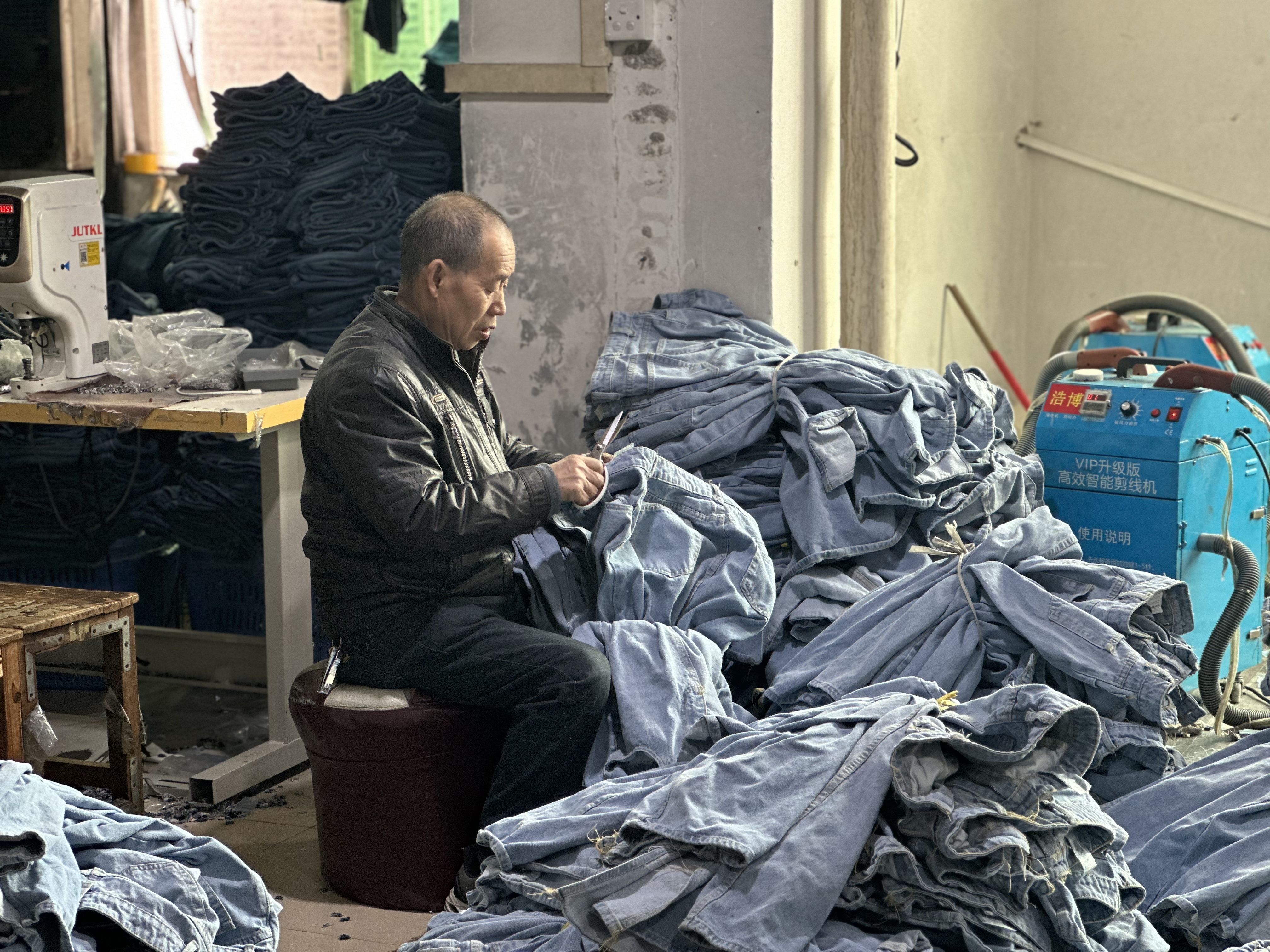
Over the past two decades, Kanglu's unique production model has enabled rapid growth but led to missing out on the trends of Taobao-style e-commerce and SHEIN-style cross-border e-commerce. A supplier for SHEIN, with six years of experience, told the reporter that when placing an order with SHEIN, they often receive only two pictures of the garment - the front and back. The factory has to figure out the rest, including fabric selection, style design, and garment-cutting techniques. For many processing-focused small garment factories in the Kanglu Area, this proves to be challenging.
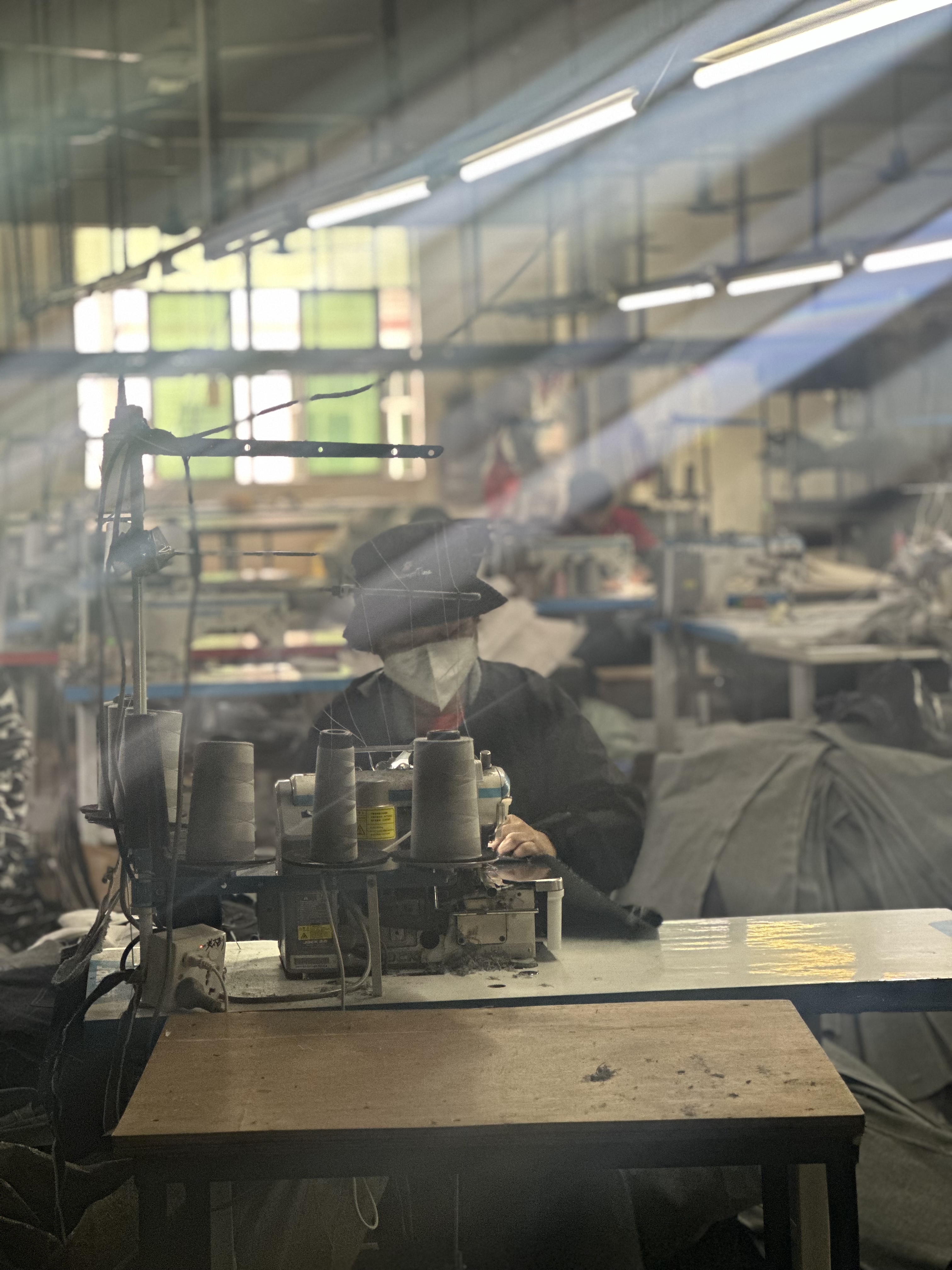
Moreover, as SHEIN poses standardized requirements for suppliers, factories must have an area exceeding 2,000 square meters, making it difficult for the relatively smaller Kanglu garment factories, usually 100-200 square meters in size, to enter SHEIN's supplier queue. It becomes even more challenging for them to support orders in SHEIN, which often exceed 100,000 pieces.
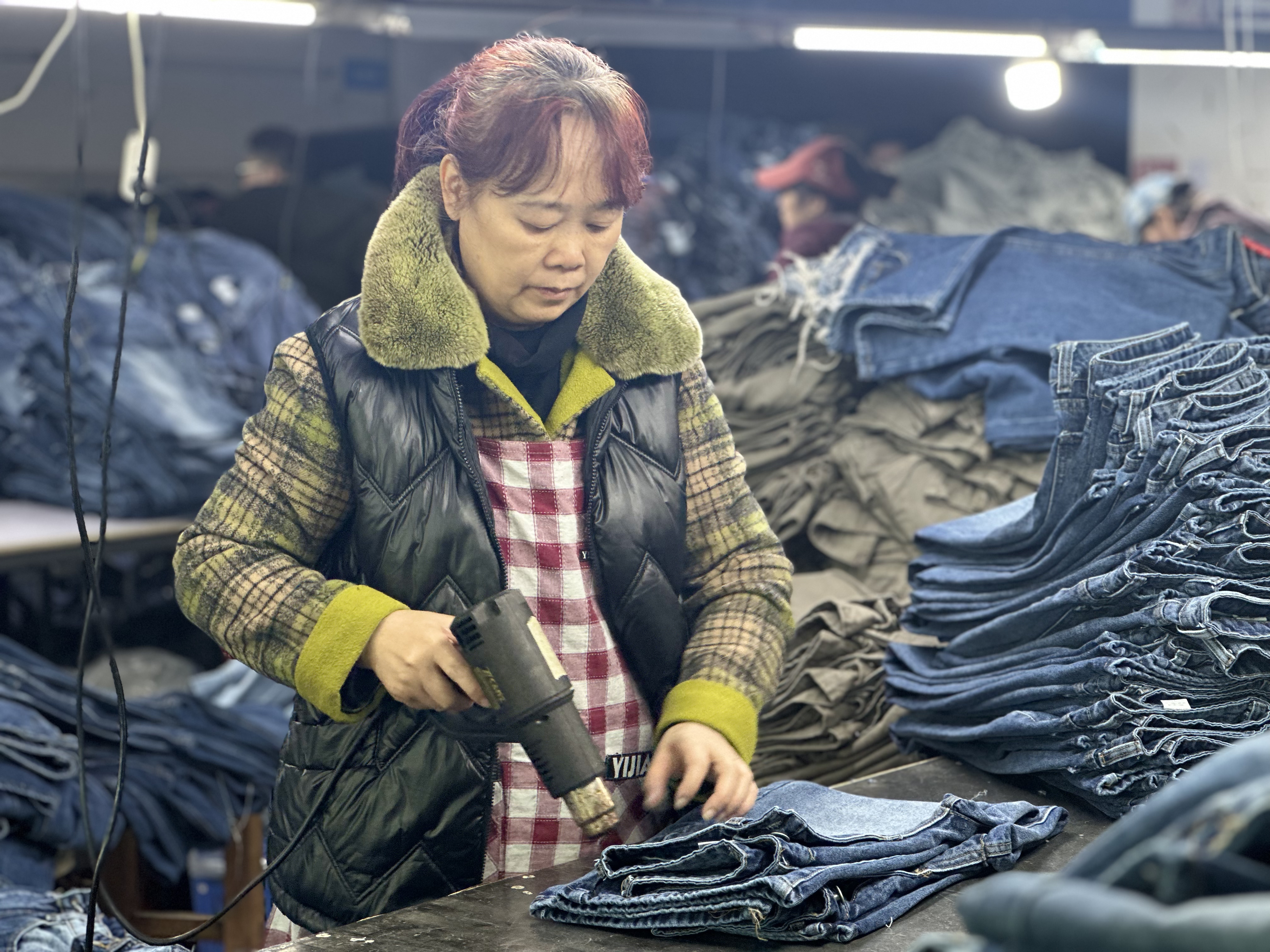
Utilizing urban renewal to drive the transition of industrial dynamics aligns with the principles of high-quality urban development. The consistently increasing urban rents favor enterprises with strong profitability and the ability to seize the high points of the industrial value chain, making them more suitable candidates for settlement. Kanglu Area, which missed the previous wave of the new economic development, now finds itself at the crossroads of industrial renewal.
The "Development Plan Outline for Sun Yat-Sen University Textile Business District" proposes that the Sun Yat-Sen University Textile Business District will leverage its traditional trading foundation, tap into the digital technology strengths of Pazhou, and the advantages of industry-university-research collaboration. It aims to explore innovative paths such as industrialization, branding, and activating consumer formats. The area seeks to transform and upgrade into the Sun Yat-Sen University Smart Fashion Innovation Port, creating an international textile and fashion business district with global fashion discourse and influence. Additionally, the Sun Yat-Sen University Textile Business District will focus on developing five major blocks: Fashion Design Pioneer Zone, Industry-University-Research Smart Manufacturing Zone, Fashion Industry Service Zone, Fashion Consumer Experience Zone, and Digital Fashion Exhibition and Trade Zone.
广州服装从业者的2024春节:往前走,就是温暖的春天|我是中小微企业
2月2日,腊月廿三,制衣厂老板钟祥没有回家准备过年,而是一早来到鹭江村内的新塘制衣厂房驻海珠招商处,向工作人员咨询新塘的厂房租金和优惠政策。随着康鹭片区改造方案通过,何时搬、搬到哪已经成为制衣厂老板们不得不面对的问题。
“全国纺织看广州,广州纺织看中大”,中大纺织圈将努力构筑世界级纺织时尚商圈,巨大的变化让所有广州服装人在2024年春节对未来充满期待,同时也有些许不安。
纺织服装产业是广州市的传统支柱产业和重要的民生产业。海珠区分布着多个布匹市场和纺织商圈,其中,中大纺织商圈是全球规模最大的纺织面辅料专业市场商圈、中国纺织服装产业链最重要的产业资源配置中心。
广州海珠康鹭片区城中村改造“首拆”启动
据不完全统计,中大纺织商圈内有逾60家大小面辅料专业市场,商铺约2.3万间,经营商户、企业近1.6万户,经营品类超10万种。经过三十多年的发展,围绕着中大布匹市场这个“太阳”,周边的康乐、鹭江片区逐渐驻扎了数目庞大的制衣厂及小作坊,关联从业者超200万。
许多年轻人来此掘金。在一些“家庭式”作坊里可能同时聚集着一家三口,或者是老板的兄弟姐妹或远房亲戚。每年过年回家,父亲带着儿子,老板带着老乡,一代又一代投身于制衣行业。他们中的不少人,从两手空空的制衣工做起,攒起了一笔笔钱,拥有了自己的厂房,康鹭是他们的第二故乡。
在许多工人看来,在康鹭,自由的零工模式“性价比高”,能带来更多自由和休息时间,不需要再像当长工时那样,被每天打卡上下班所约束,“对比起在其他地方的工作,收入差不多的情况下,能够更自由。”
这种“自由搭建”的模式,支撑着康鹭片区将“小单快反”的服装生产模式推向极致。24小时内出货的“康鹭速度”,让这里成了全国快时尚产业链中独一无二的纺织村。
2023年12月31日清晨,广州市海珠区凤阳街道的空气中弥漫着一股变革气息。康鹭片区将分为四期改造,预计用十年时间完成,目前清退与拆迁的物业均属于第一阶段改造范围。随着被拆下的瓦砾一片片落地,康鹭片区内曾被电动自行车和行人挤得水泄不通的道路开始变得畅通无阻。
广州希望将“小作坊式”制衣厂企业转移至清远。2022年12月,海珠区明确将中大纺织服装商圈加工生产制造业向广清(广州-清远)经济特别合作区转移,打造“现代轻工纺织产业集群”。
过万亩的清远产业园已陆续有企业入驻,划分出标准代工厂、小单工作坊、面辅料生产、电商中心仓等区域。在清远,占地2000亩的广州北·中大时尚科技城建筑面积400万平方米,正是“万亩千亿级”广清纺织服装产业有序转移园的核心区、启动区、主平台,目前一期招商率已超过八成。
与此同时,拥有深厚牛仔服装产业基础的增城区新塘镇也希望承接康鹭片区的制衣厂。2023年以来,新塘服装商贸城、广州东大门实业有限公司总经理接待了数百个从鹭江片区前来新塘看厂房的工厂老板。据介绍,新塘是整个广州服装产业链条最完善、最集聚的地方,体量规模也是最大的。新塘经过多年发展,目前辖区内注册的服装及其相关配套企业2000多家,产业链完善。
数智赋能,产业升级未来可期
20多年来,特别的生产模式让康鹭得以快速生长的同时,也让其错失了淘宝系电商和SHEIN(希音)系跨境电商的风口。SHEIN六年供应商告诉记者,SHEIN“下单”,往往只给衣服正面、反面两张图片,其余的面料选择、款式设计、成衣裁剪工艺等,都需要工厂自己琢磨。对于许多以加工为主的康鹭小制衣厂来说,没法干。
再者,随着SHEIN对供应商的要求规范化标准化,供应商的厂房必须在2000平方米以上,导致面积往往在一两百平方米的康鹭片区制衣厂难以进入SHEIN的供应商队列,更难以支持SHEIN动辄上十万件的订单生产。
以城市更新推动产业新旧动能转换,符合城市高质量发展的规律。不断高企的城区租金,使盈利能力强、抢占产业价值链制高点的企业,成为更合适的入驻对象。以前错失了新经济风口的康鹭,现在终于走到了产业更新换代的十字路口。
《中大纺织商圈发展规划纲要》提出,中大纺织商圈将立足传统商贸基底,借力琶洲数字技术及高校产学研优势,探索产业化、品牌化以及消费业态激活等创新路径,进一步转型升级为中大数智时尚创新港,打造具备全球时尚话语权及影响力的国际纺织时尚商圈。同时,中大纺织商圈未来还将重点打造时尚设计先锋区、产学研智造区、时尚产业服务区、时尚消费体验区以及数字时尚展贸区五大区块。
文、图|记者 孙绮曼 谭洁文
翻译|麦芯羽
-
34 individuals awarded inaugural "Literary and Artistic Rising Stars of GBA"
2024-02-03 23:06:39 -
【Video】Come and explore Guangzhou's 'Chinese New Year Shopping Street' | New Year ritual in Lingnan
2024-02-04 10:42:10 -
2024 Spring Festival Flower Market in Guangzhou: largest peach tree and kumquat tree on exhibition
2024-02-03 23:21:14 -
Video|Watch lion dance at Foshan Ancestral Temple this Spring Festival
2024-02-03 17:43:14






